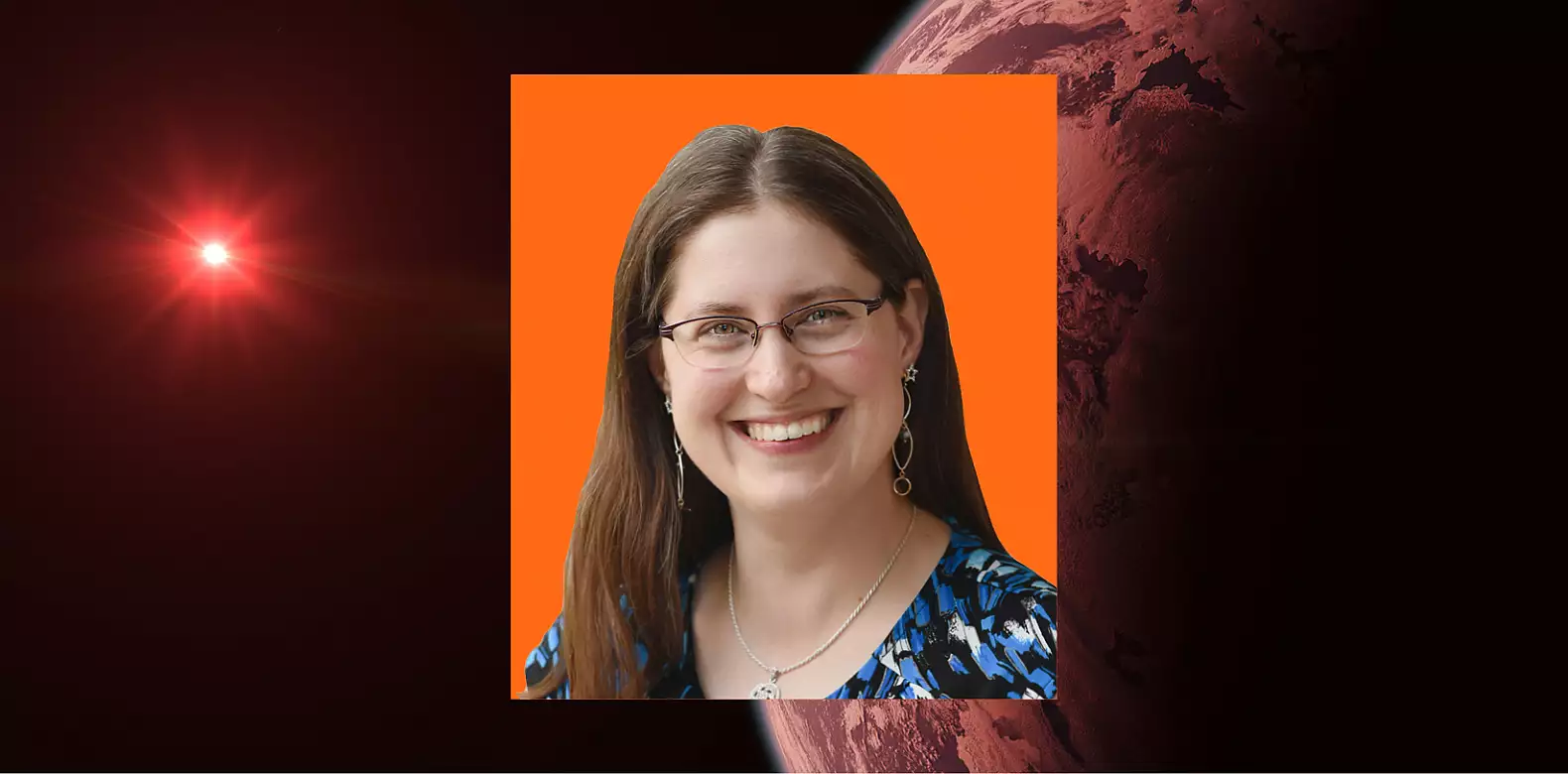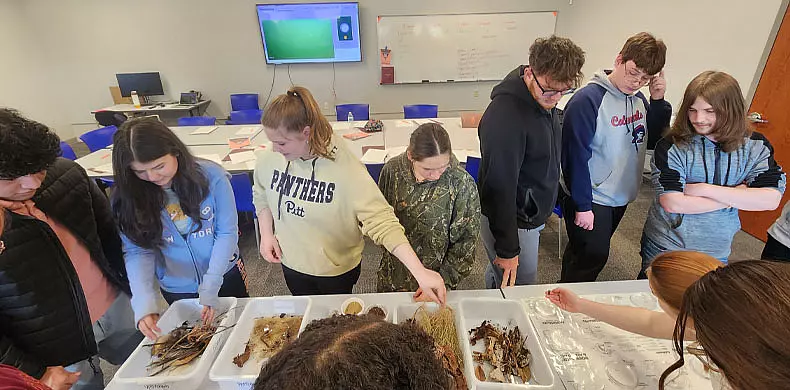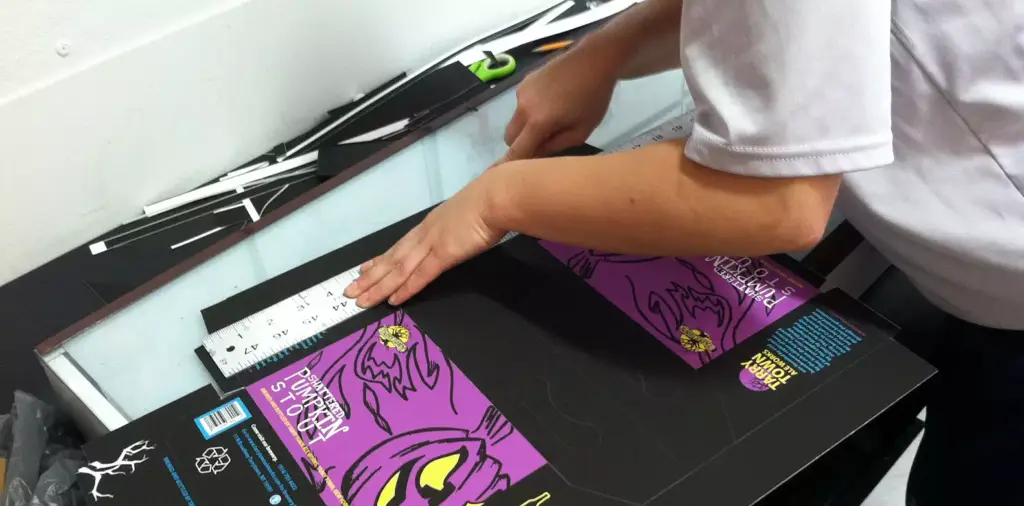When Jennifer Carter was a child, the first thing she wanted to be when she grew up was a veterinarian. But then her grandfather showed her a telescope, and she was hooked.
“The stars were of particular interest because my grandfather was an amateur astronomer,” she said.
Carter, assistant professor of physics, eventually turned her attention to deep space. Her latest research describes a new method of estimating the thermal emissions of exoplanets, or planets outside the solar system.
Published in The Astrophysical Journal, Carter’s research investigated what can be learned from tiny changes detected in the light emitted from star systems that are light years away from Earth.
“We know that some areas of Earth are warmer than others based on their location, the time of year and the time of day,” Carter explained. “My research investigates a computer model I designed that estimates the same sorts of temperature differences on distant exoplanets. The temperature differences will create predictable changes to the light we see.”
To predict temperature changes in these exoplanets, Carter devised a model that divides the surface of a planet into a series of bullseye-like rings. Carter used exoplanet data, along with her computer model, to estimate the temperature of the rings across the surface of the planet.
Carter’s interest in exoplanets began when she was in graduate school; her doctoral program advisor asked her to study data that implied the night side, or dark side, of an exoplanet was actually brighter than the side facing the host star. This did not make sense to Carter, so she began researching and found that the light reflected off exoplanets should not be estimated without also factoring in the light emitted while warm. From this, she began to question the other effects of exoplanet emissions.
In 2020, Carter was awarded a grant from the American Association of University Women to pursue her exoplanet research. The funds from the grant allowed her to purchase software, attend the 238th meeting of the American Astronomical Society, and support a Susquehanna student researcher, Michelle Arrigo ’22. Arrigo went on to present her and Carter’s research at the American Physics Society in March 2022, where she was named the Top Undergraduate Presenter.
The pair’s research concluded that, while the sensitivity of their data was not precise enough to accurately measure how exoplanet temperatures directly affect the brightness of star systems, their results do suggest many ways to improve Carter’s model in the future, a prospect that excites Carter.
“It is my hope that the model I created adds to the toolbox exoplanet scientists use,” Carter said. “As more advanced and precise ways of measuring the light from distant objects are developed, my model will provide more nuanced results than the approximations currently used for thermal emissions in exoplanet science.”





